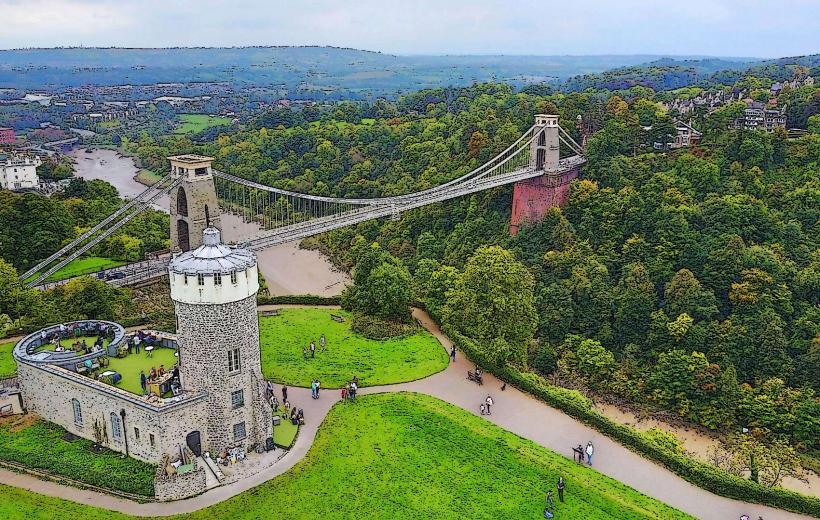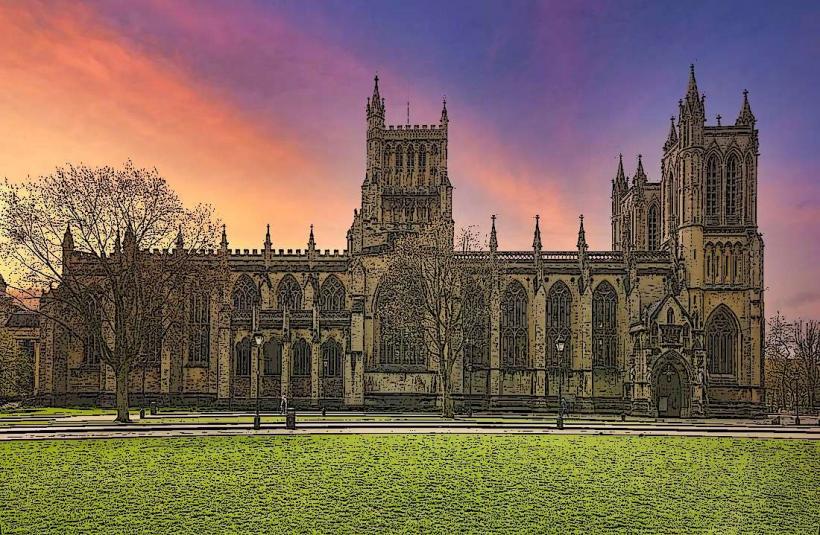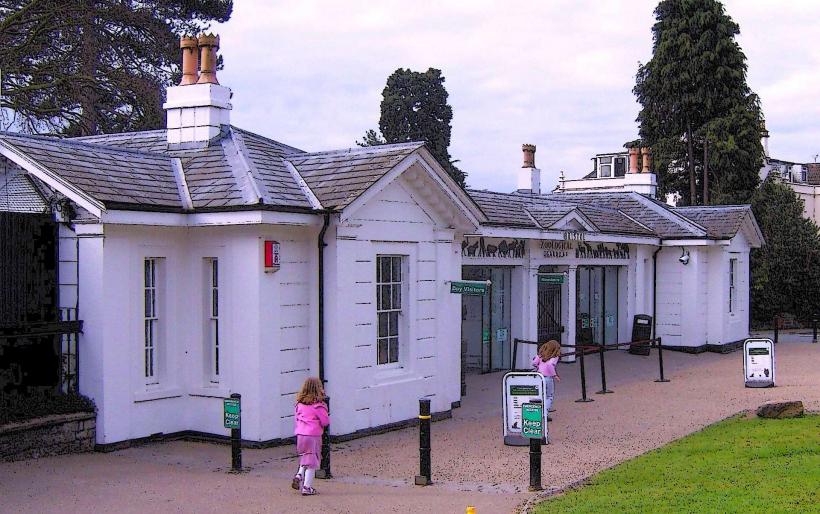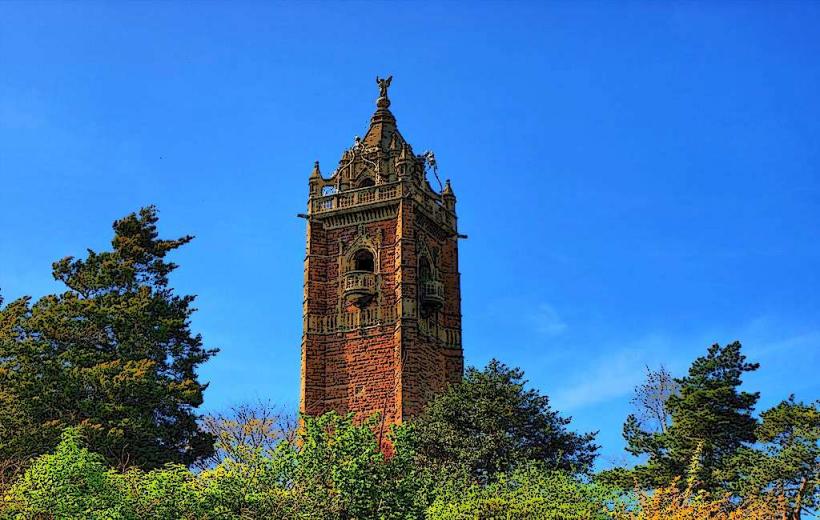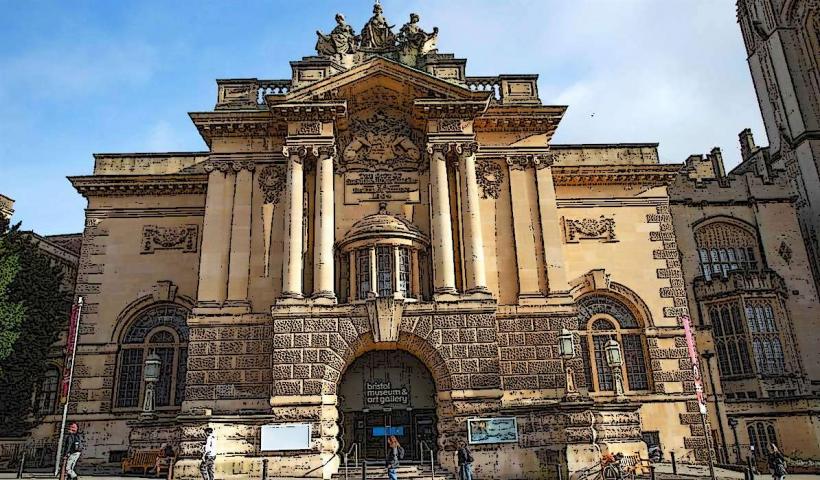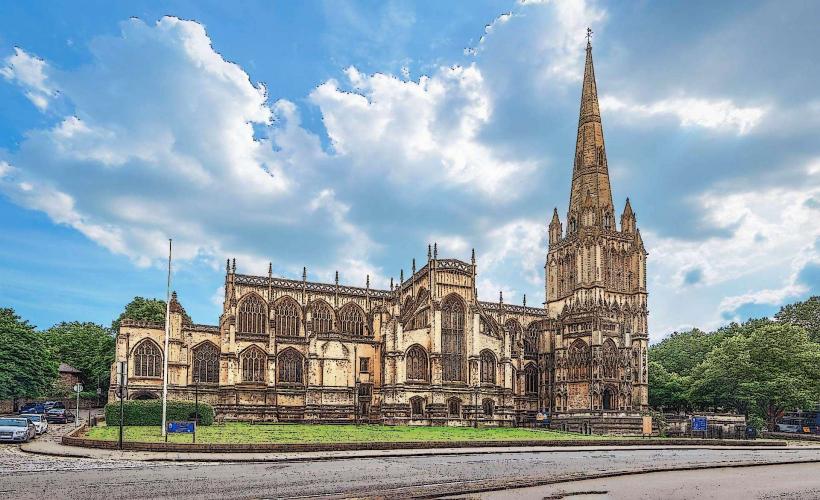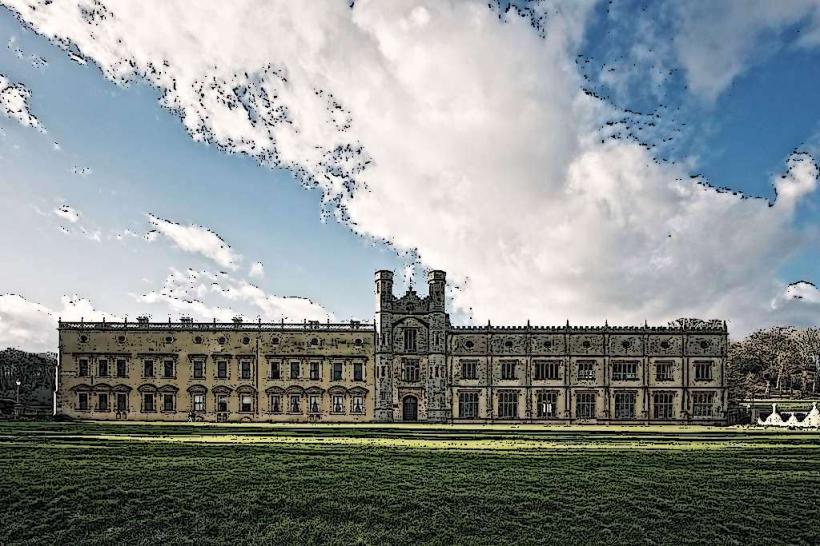Information
Landmark: Wills Memorial BuildingCity: Bristol
Country: United Kingdom
Continent: Europe
The Wills Memorial Building is one of Bristol's most iconic landmarks, located in the heart of the city. It is a striking example of Gothic Revival architecture and serves as the main building of the University of Bristol. The building stands as a symbol of the university's heritage and academic excellence, and it plays a central role in both the university’s life and the broader architectural landscape of the city.
Overview and History
1. Construction and Design
The Wills Memorial Building was completed in 1925 and designed by the architectural firm Harold Brakspear and H. S. Fairbairn, following a competition held to design a suitable new building for the University of Bristol. The building was funded by a generous donation from Sir S. L. Wills, a prominent Bristol-based tobacco magnate and philanthropist, whose family name was immortalized in the building’s title.
Architectural Style: The building is a stunning example of Gothic Revival architecture, a style that was popular in the late 19th and early 20th centuries and drew inspiration from medieval Gothic structures. The Wills Memorial Building’s intricate stonework, towering spires, pointed arches, and large windows are characteristic of this style.
Construction Details: The building is primarily constructed from Bath stone, the pale yellow limestone that is a defining material of many buildings in Bristol. The exterior features ornate carvings and fine detailing, including representations of academic themes and heraldic symbols. The design emphasizes verticality, with tall towers, steeply pitched roofs, and spires reaching upwards to create a sense of grandeur and academic aspiration.
2. The Tower and the Clock
One of the most recognizable features of the Wills Memorial Building is its tower, which rises to a height of 215 feet (66 meters). The tower is visible from much of central Bristol and has become an integral part of the city’s skyline.
Clock Tower: The building houses a clock that is a prominent feature of the structure. The clock has large faces that can be seen from a distance and serves as a functional element, marking the time for both the university community and the wider public.
Tower Interior: The tower can be accessed via a spiral staircase and is home to a set of bells that are still rung on occasion for university events. Visitors who are able to gain access to the tower can enjoy panoramic views of Bristol and its surroundings, including the Avon Gorge and Clifton Suspension Bridge.
Key Features and Design Elements
1. Main Hall and Great Staircase
Inside the Wills Memorial Building, the Great Hall is one of the most impressive spaces. The hall is used for formal academic functions, including graduation ceremonies and other events hosted by the University of Bristol.
- The Great Staircase is another highlight, with its wide stone steps leading up to the hall. The staircase is flanked by elaborate stone carvings, including depictions of academic figures and medieval motifs, reinforcing the building's academic and historical significance.
2. Interior Decoration and Art
Inside, the building is richly decorated with fine woodwork, stone carvings, and stained-glass windows. The windows feature heraldic designs and images of important figures from the university’s past. The ceilings of many of the rooms are adorned with elaborate wooden beams and decorative patterns that further enhance the Gothic feel of the interior.
3. The University’s Great Library
The building also houses parts of the University of Bristol’s Library. While much of the library's collection is now housed elsewhere, the Wills Memorial Building retains a significant role in the academic life of the university. The library’s reading rooms and study spaces are still used by students, though the building itself is more commonly used for formal events and administrative functions.
Significance and Cultural Role
1. Academic and Ceremonial Use
The Wills Memorial Building is primarily used for ceremonial purposes and is the site for the university’s most formal events, including graduation ceremonies, where students are awarded their degrees. It is also home to the University’s Senate Room, where academic and administrative matters are discussed. The building embodies the University of Bristol's commitment to academic excellence and has become a symbol of the university's prestige.
Graduation Ceremonies: The Great Hall is used to host the university’s annual graduation ceremonies, making the building central to the student experience. The architecture and the grandeur of the space add to the significance of the event, creating a memorable setting for graduates and their families.
University Events: The building also hosts various academic and cultural events throughout the year, including lectures, conferences, and public events that reflect the university's engagement with the wider community.
2. Heritage and Memorial Significance
In addition to its role as a university building, the Wills Memorial Building also serves as a memorial to the Wills family and to the tobacco industry that was central to Bristol's economy in the late 19th and early 20th centuries. The Wills family, particularly Sir Samuel Wills, made significant contributions to Bristol’s cultural and academic institutions, and the building serves as a lasting tribute to their philanthropic efforts.
- Symbol of Civic Pride: The building is not only significant to the university community but also to the people of Bristol. It stands as a landmark of civic pride, reflecting the city’s historical role as a center of trade, education, and cultural development.
3. Tourism and Visitor Attraction
The Wills Memorial Building is a popular tourist attraction due to its architectural beauty and its prominence in Bristol’s skyline. While the interior is often reserved for university events, visitors can enjoy the views from the surrounding area, particularly in Brandon Hill Park, where the building is visible from various vantage points.
- The building is part of a broader group of historic landmarks in Bristol, including Clifton Suspension Bridge and Bristol Cathedral, making it an important stop for anyone interested in the city’s architectural history.
Accessibility and Visitor Information
Opening Hours: The Wills Memorial Building is not typically open to the public except during special events, such as university tours or public lectures. However, the exterior and surrounding grounds are open to visitors year-round.
Visitor Access to the Tower: Access to the tower is usually limited to special tours or events, so visitors should check for availability or special tours. The tower offers excellent views of Bristol and its landmarks, such as the River Avon and the Clifton Suspension Bridge.
Location: The building is situated in the centre of Bristol, making it easily accessible from other major city landmarks, including Bristol Cathedral and the City Museum & Art Gallery. The surrounding Park Street area is a bustling cultural and shopping district.
Conclusion
The Wills Memorial Building is a masterpiece of Gothic Revival architecture and an important cultural landmark in Bristol. Serving as a symbol of academic excellence for the University of Bristol, it is a building that combines architectural grandeur with historical significance. Whether used for academic ceremonies or admired for its beauty, it stands as a testament to both the university’s legacy and the city’s rich cultural heritage. The Wills Memorial Building remains one of Bristol's most beloved and enduring landmarks.

